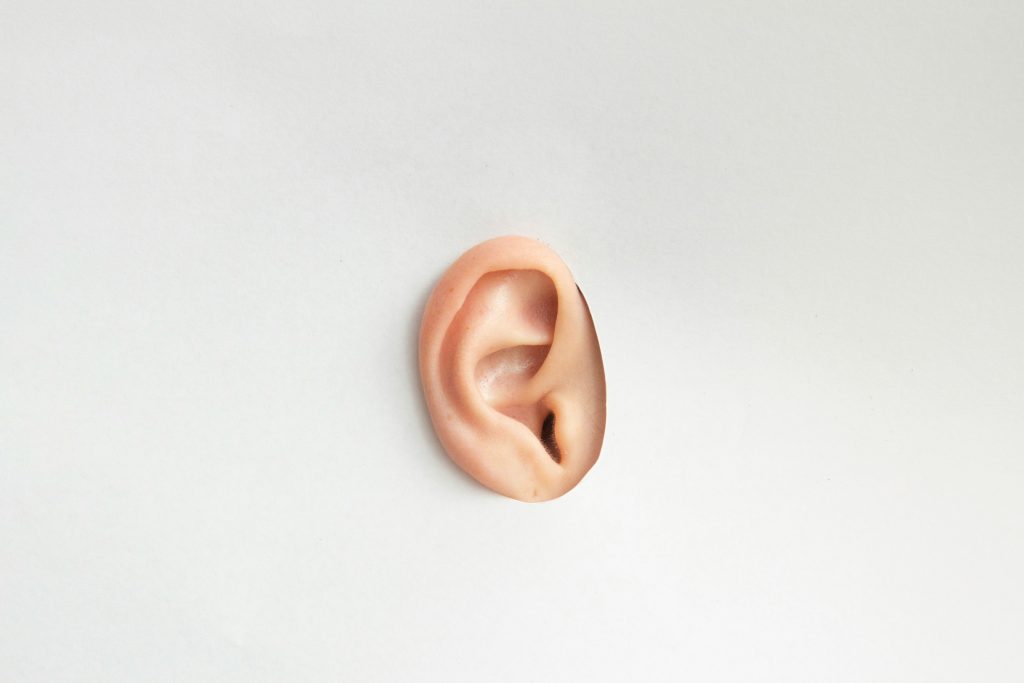Janaki is a colleague of yours from another team. You work very closely with her. She calls you to the meeting room one day and bursts into tears. Through her tears she reports that her manager has been sending her texts and messages of a sexual nature. He has also been getting too close to her while speaking to her and touching her in places she does not feel comfortable with like her back and shoulders.
Role of bystanders in sexual harassment incidents
According to the Australian Human Rights Commission, colleagues are present when sexual harassment incidents occur and have the power to intervene, but in majority of the cases they do nothing about it. According to the Virtual Knowledge Centre to End Violence Against Women and Girls , the role of bystanders is very important in a sexual harassment case. Hence training bystanders can help them to understand when to step in and respond to the harassment that they might be observing. If a co-worker is approached by a victim to share their traumatic experience, it is often difficult for the co-worker to respond in an empathetic manner. Oftentimes they are not trained and do not know what to say or how to act. They may also be fearful about their jobs and might be afraid of repercussions for them. Victims often feel a lot of guilt and shame, they are traumatised and so talking to them in a manner that is supportive and validates their experience is especially important.
What is empathy?
There are a lot of misconceptions about empathy and being empathetic means. According to the founder of Non-Violent Communication, Marshall Rosenberg , empathy is listening in order to understand another person’s experience. In order to do so, we have to shed all judgements and evaluations we have about this person. Sometimes, we feel that empathy is trying to make the other person feel better or fix their problems. This is definitely not empathy. Empathy is being there with your whole presence and giving it to this person that is suffering and trying to understand them truly. This is easier said than done. Here are a few barriers that may come in the way of of being fully present:
- Our own pain and mental thoughts become so loud that we cannot be present for the other person.
- Our judgements, evaluations and biases about the other person can make us switch off from truly trying to understand what the other person is saying.
- We slip into our habitual patterns of giving advice and reassurance rather than being fully present to the other person’s experience. Giving advice and reassurance is not empathy.
- We slip into our intellectual mind and start questioning the person, when it happened, how did it happen, which is also not empathy.
- Bad-mouthing the offender and saying things like “what a horrible person”, is also not empathy.
So what really is empathy? Empathetic listening involves the following actions:
- Being fully focused on the other person with mind and body. Not being distracted by other thoughts and listening intently with your heart to understand what this person is feeling and needing as they went through that traumatic experience.
- Not feeling the need to say or do anything or fix anything, but to simply be present.
- While the person is speaking trying to guess mentally what they are feeling and needing in that moment or as they narrate their experiences.
In nonviolent communication, when we try to understand the other person’s feelings and needs, we can truly connect and empathize with the other person. In case you are unsure , you can refer to the list of needs here and to a list of feelings here.
Example: When Janaki is crying, we do not interrupt her by saying “don’t cry”, “it’s going to be alright”, but simply be present to her grief and try to understand her feelings and needs. At this point we can guess that she is feeling incredibly sad and in grief because her needs for safety and respect were not met.
Once Janaki has felt truly heard, we can then move on to strategies to meet her needs. Even if you feel she needs advice, it is always better to ask her before by saying “Janaki, would you like some advice on what you should do now?”
In this way nonviolent communication can help you to empathize with someone who has just been through a traumatic experience and truly help them and connect with them by connecting to their needs and feelings in that moment.
To learn more about Non-Violent Communication please contact the CNVC center (c) 2005 by Center for Nonviolent Communication Website: www.cnvc.org Email: cnvc@cnvc.org Phone: +1.505-244-4041


